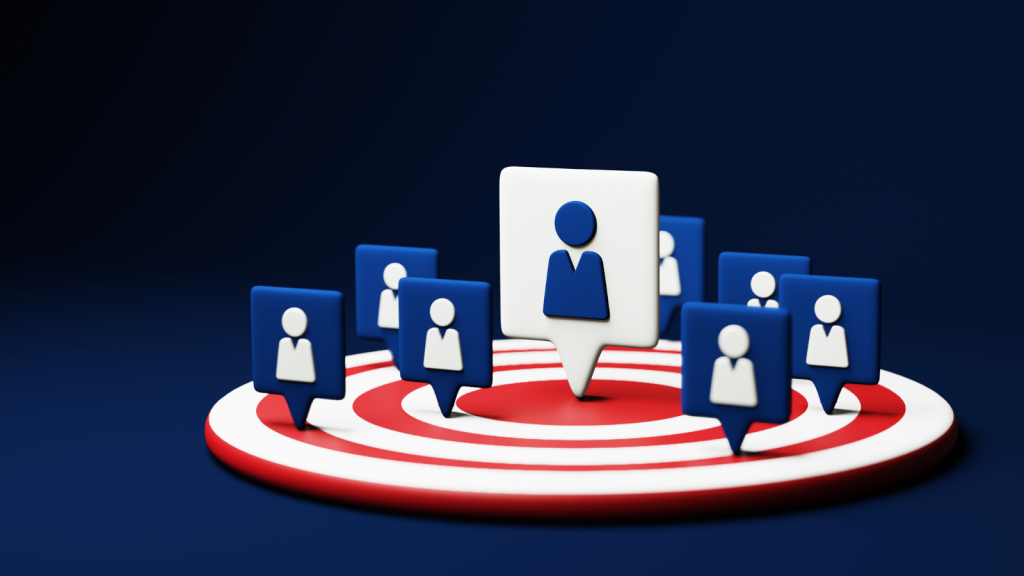Imagine this: Lisa, an up-and-coming lifestyle influencer, spends hours curating her Instagram feed, posting consistently, and engaging with her audience. But despite her efforts, she hasn’t landed a single brand collaboration. Meanwhile, her friend Jake, who has a smaller following, just got sponsored by a major skincare brand. What’s his secret?
The answer lies in strategy. Collaborating with brands on social media isn’t just about having a big following—it’s about positioning yourself in a way that makes brands want to work with you. Let’s uncover the untold tips and tricks that can turn your social media presence into a magnet for brand partnerships.
1. Use NLP to Get Discovered by Brands
Most influencers focus on content creation but forget an essential element—visibility. Brands use Natural Language Processing (NLP) tools to identify potential collaborators based on keywords, hashtags, and engagement metrics.
Take Emma, a travel content creator. Instead of just posting stunning pictures, she strategically includes key terms in her bio and captions like:
✔ “Travel Creator | Luxury & Budget Travel | Collabs: DM or email”
This signals to brands that she’s open to collaborations. Additionally, using niche-specific hashtags such as #LuxuryTravelBlogger or #BackpackingAdventures helps her appear in searches when brands are looking for travel influencers.
2. Create a Collaboration-Ready Profile
Before a brand decides to work with you, they’ll analyze your profile. A cluttered or inconsistent feed can be a dealbreaker.
Meet Sam, a fitness influencer. He posts about everything—workouts, food, personal rants, and memes. While variety is great, it doesn’t present a clear brand identity. Now, let’s refine his profile:
✔ A well-crafted bio: “Helping busy professionals get fit | Home & gym workouts | Brand collabs: DM or email” ✔ A consistent aesthetic: Posts that align with fitness and healthy living ✔ Engaging highlights: Testimonials, workouts, and past collaborations
The clearer your brand, the easier it is for companies to envision working with you.
3. Pitch Brands the Right Way
Many influencers make the mistake of waiting for brands to find them. But proactive pitching can set you apart.
Let’s say you’re a beauty influencer and love a specific skincare brand. Instead of waiting, send them a personalized message:
✔ Subject: Collaboration Opportunity – Skincare & Glow Up
✔ Hi [Brand Manager’s Name],
I’m [Your Name], a beauty creator with an engaged audience of [number] followers who love skincare. I’ve been using [Brand’s Product] and would love to create content showcasing its benefits in a fresh, engaging way. Let’s discuss how we can work together!
Looking forward to hearing your thoughts.
✔ Best, [Your Name]
This approach is personal, professional, and straight to the point.
4. Showcase Previous Collaborations (Even If You’re Just Starting)
Brands love working with influencers who have experience. But what if you haven’t landed a collab yet? Create mock collaborations!
For example, Jessica, a food blogger, wants to work with kitchenware brands. Instead of waiting, she creates high-quality posts featuring her favorite brands and tags them:
✔ “Loving my new @BrandName blender for smoothie mornings! ✨”
Even without an official partnership, this signals to brands that she’s ready for collaborations.
5. Build Long-Term Relationships, Not One-Off Deals
Many influencers focus on one-off sponsored posts, but long-term partnerships are more valuable. Brands prefer working with trusted creators rather than constantly searching for new ones.
When you land a collaboration, go the extra mile: ✔ Overdeliver on content quality ✔ Engage with the brand’s posts ✔ Provide analytics and feedback post-campaign
This increases your chances of securing future collaborations.
6. Leverage Multiple Platforms for More Opportunities
While Instagram is popular for brand collaborations, don’t limit yourself. TikTok, YouTube, LinkedIn, and even Pinterest offer massive opportunities.
Case in point: Daniel, a tech reviewer, started on Twitter but struggled to gain brand deals. When he repurposed his content into YouTube Shorts, he caught the attention of a major tech brand that offered him a long-term partnership.
Diversify your platforms to maximize your chances.

